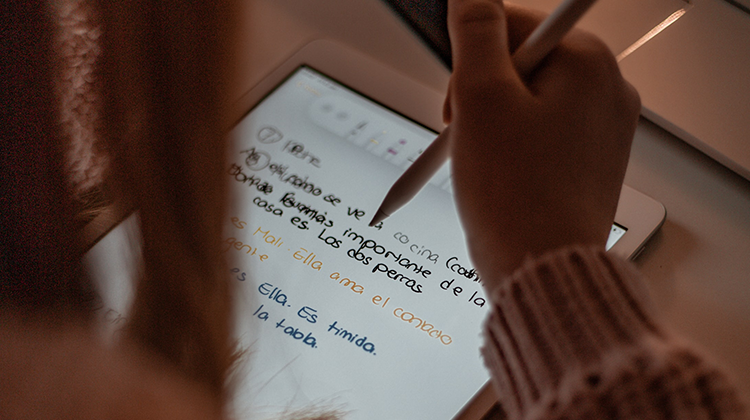If I told you that people learning English, we also have a hard time using these verbs?
No, you’re not the only one, that’s why it’s common to see English language learners making sentences like "I agree" or "I have 30 years old."
Do you see it? Don't feel bad, remember that mistakes are a reminder that you are learning.
In this article, we will look at different situations in which you can use one verb “ser” or “estar”, when you can change them or when you can use both so that you can feel more confident when speaking Spanish.
Remember that in the end, it's all about practice. Not to memorize, but to understand why we use certain forms in one context and not others. In these cases, the examples are the ones that will help you the most to remember the different possibilities and uses we have for these two verbs.
When to use "SER"
To identify a person or thing. Ella es mi mamá.
To describe a person with those characteristics that do not change, for example, his or her nationality. Soy mexicana, él es estadounidense.
To say, the profession. Es doctora.
Talking about the material things are made of. La mesa es de madera.
To indicate possession. Es de mi hermana.
Family or personal relationships. Sarah y Tatiana son hermanas.
The price of something. ¿Cuánto es?
When to use "ESTAR"
To describe a person's physical state. Mariana es delgada.
To talk about body posture. Jaime está de pie.
To indicate someone's state of mind. Él es feliz.
To mention a person's marital status. Estoy casada.
To say the temporary state of a thing or person. Está limpio.
The price with the preposition "a.” ¿A cuánto están las naranjas?
Marital status. Está divorciado.
Shared uses of "SER and ESTAR"
When we talk about tenses or mark it in space we can use them for different situations, but both verbs can be used, depending on the context and the way you want to say it. Here are some examples:
Ser
To tell the time. Son las 4:00
To indicate the date. Hoy es 11 de julio de 2022.
Mark a time period. Es de noche.
Locate events. El concierto es en el edificio de al lado.
Estar
Indicate the date. Es 11 de julio de 2022.
Place in time. Estamos en verano.
Place in space. El hombre está en el supermercado.
More example sentences using “Ser”
A good way, also, to get used to different uses of Spanish verbs is to see them in use. So here are some more examples.
1. Mi amiga es colombiana. (Nacionalidad)
2. Los minions son una caricatura animada.
3. Los que marchan son obreros
4. Los mexicanos son católicos en su mayoría.
5. Marcos es ciclista.
6. Mi tía es reservada.
7. Las ballenas son mamíferos.
8. Mañana es diciembre.
9. Carmen es mi prima.
10. El gato es de mi hermano.
11. Mi amiga Clara es la profesora de inglés.
12. En una semana es la fiesta.
13. El piso es de mármol.
14. Nosotros somos ricos.
15. Yo soy madrileño.
I included examples with different uses for you to identify. Can you tell me if it is being used to describe, talk about nationalities, or some other function?
More example sentences using “Estar”
Here are more examples, this time, using the "estar" form. Can you identify where it is and create your own examples?
1. Estamos todos locos.
2. La escuela esta frente a la papelería.
3. Estamos afuera. ¡Ven!
4. El me llamó estando enfermo.
5. Estoy aquí, contigo, ahora.
6. Ojalá el esté presente en la charla.
7. Estamos cerrando ya.
8. Espero que los papeles no estén en la oficina, ya casi llego a casa.
9. Estar enamorado no es negativo.
10. Mi esposa está de viaje.
11. Los paquetes están llegando tarde.
12. Ella está de paseo con sus amigos.
13. Hay que estar felices con la vida.
14. El postre está rico.
15. Ya está por venir.
Conclusion
In general, the verb "ser" in Spanish is used to talk about the permanent qualities of something or someone, whether it is a person or an object. While the verb "estar" in Spanish is used to speak of temporary states, that is, aspects that are modifiable or that can change, whether due to circumstances or the passage of time.
You should now be clearer about when to use the verb “ser” and when to use the verb “estar.” I recommend you to make your own sentences or pay close attention to the songs, movies, and series you watch in Spanish, so you don't forget how to use them.
I'm Itzel, the author of this article and Spanish tutor here at italki. You can book a lesson with me if you want to know more about this topic and many others. Go directly to my profile. ¡Nos vemos pronto!







